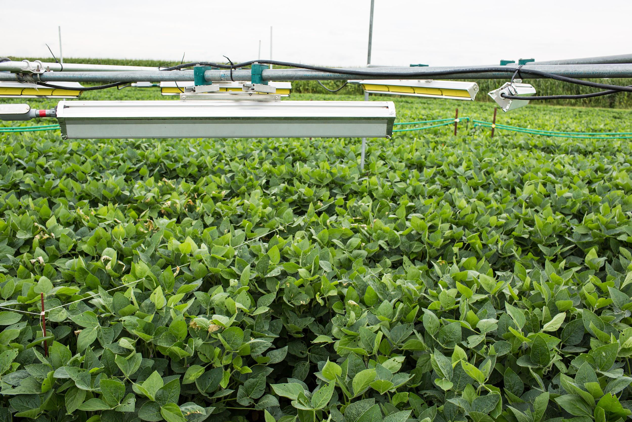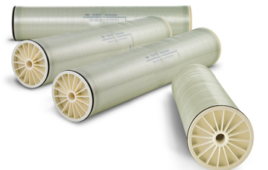
A new modified soybean is expected to help meet the increased demand to feed the future population, by having the ability to yield more when both temperature and carbon dioxide levels increase.
It is estimated that by 2050 there will be about 2 billion more people living on less land, meaning humans will need to produce 70 percent more food to meet the increased demands. At the same time carbon dioxide levels are predicted to hit 600 parts per million—a 150 percent increase over current levels—while temperature is anticipated to match the top 5 percent of the hottest days from 1950 to 1979.
“Our climate system and atmosphere are not changing in isolation from other factors–there are actually multiple facets,” U.S. Department of Agriculture/Agriculture Research Service scientist Carl Bernacchi, an associate professor of plant biology at the Carl R. Woese Institute for Genomic Biology at the University of Illinois, said in a statement. “The effect of carbon dioxide in and of itself seems to be very generalized but neglects the complexity of adding temperature into the mix.
“This research is one step in the right direction towards trying to figure out a way of mitigating those temperature-related yield losses that will likely occur, even with rising carbon dioxide concentrations,” he added.
The new research suggests that by harnessing genetic changes, researchers can help offset the detrimental effects of rising temperature.
The modified soybeans were developed at the Soybean Free Air Concentration Enrichment (SoyFACE) facility, where the researchers can emulate future atmospheric conditions to understand the impact on Midwestern crops.
“Experiments under controlled conditions are great to understand concepts and underlying mechanisms,” first author of the study Iris Köhler, a former postdoctoral researcher in the Bernacchi lab, said in a statement. “But to understand what will happen in a real-world situation, it is crucial to study the responses in a natural setting—and SoyFACE is perfect for this kind of study.”
Bernacchi said the results are surprising because the crops in the SoyFACE experiment were exposed to the same environmental conditions as other Illinois field crops.
“I’ve been doing field research for quite some time and variability is one of the things that’s an inherent part of field research,” he said. “Of course, we did see variability in yields from year to year but the difference between the modified and unmodified plants was remarkably consistent over these three years.”
The study was published in the Journal of Experimental Botany.




